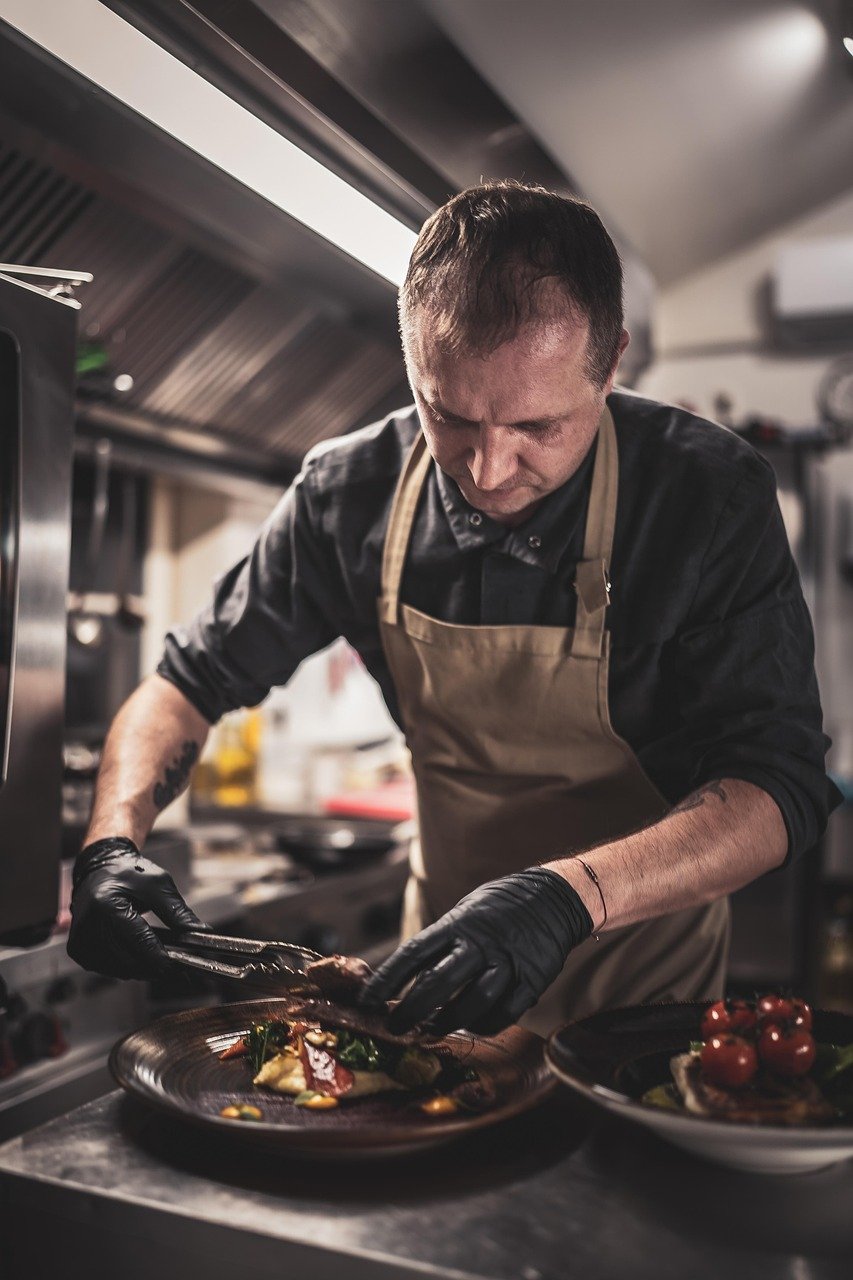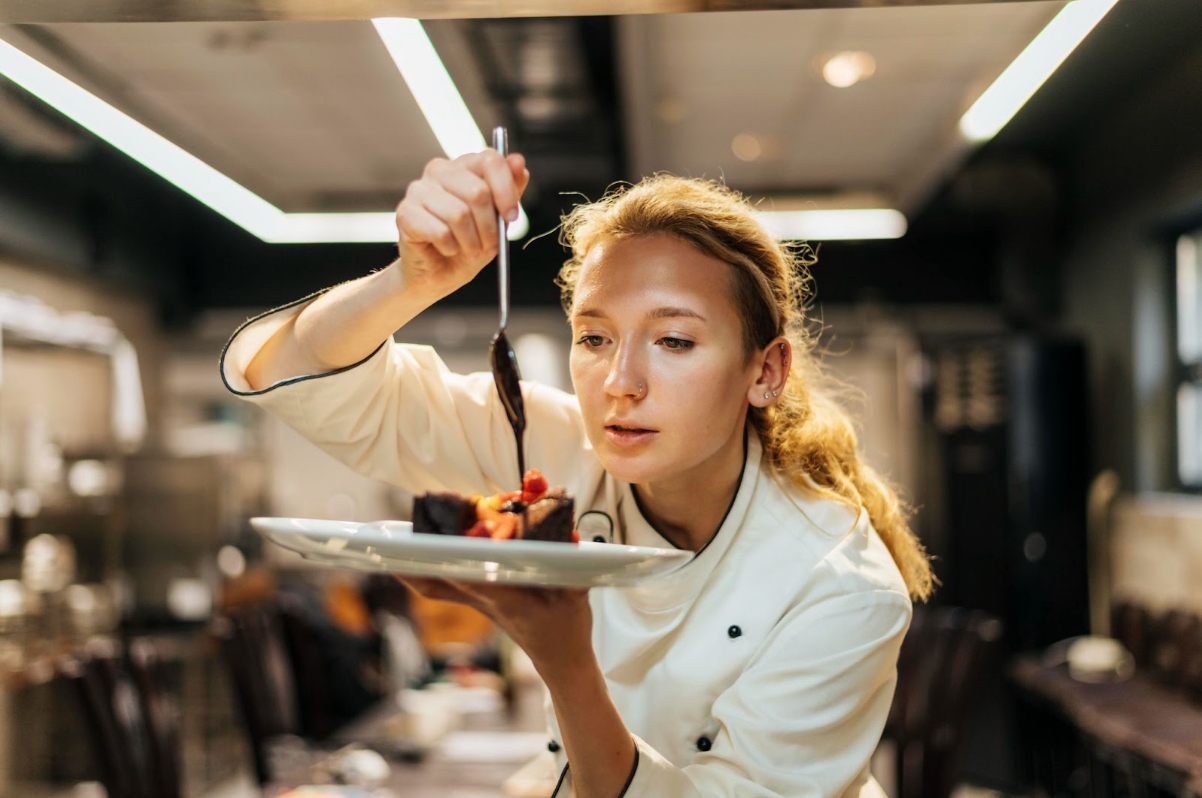 Every great restaurant has that one dish everyone talks about—the one that defines the entire experience. Creating a signature dish isn’t about being flashy or experimental. It’s about taking something familiar and giving it your personal touch.
Every great restaurant has that one dish everyone talks about—the one that defines the entire experience. Creating a signature dish isn’t about being flashy or experimental. It’s about taking something familiar and giving it your personal touch.
When you master the balance of comfort and originality, your food begins to tell your story for you.
Start with something familiar
You don’t need to go overboard to create a dish that stands out. In fact, the best signature dishes usually start with something people already know and love. There’s comfort in familiarity, and that comfort makes customers more open to subtle surprises. Reinventing the wheel rarely works in food—it’s refinement that makes an impact.
A simple, classic dish with a slight twist can completely change how people remember your restaurant. Think about how many chefs have elevated mac and cheese or turned a burger into a masterpiece just by tweaking ingredients or presentation. That kind of creativity feels natural, not forced, and it draws people in without intimidating them.
Comfort food instantly resonates with diners because it evokes something they already enjoy. When your signature dish feels both nostalgic and fresh, it leaves a lasting impression. You can build an entire brand around that familiarity, giving your customers something reliable to come back to—and something new to talk about.
For instance, take the example of one successful bar in Shakopee and its grilled wings. Everyone knows them, but when you dry-rub the wings, smoke them slowly, and serve them with bleu cheese, you elevate something simple into a specialty. It’s a reminder that your signature dish doesn’t have to scream originality; it just needs to whisper personality in the right way.
Focus on flavor balance
A signature dish shouldn’t overwhelm the senses—it should guide them. The best flavors are layered, not chaotic, allowing each note to play its part. When everything competes for attention, harmony is lost. That’s why restraint often shows more skill than extravagance. It’s not about how much you can add but how well you can combine.
Let one key flavor take the lead and build everything else around it. When a dish has a clear centerpiece—like smoky meat, zesty citrus, or creamy cheese—it’s easier for diners to remember it. You’re essentially giving their taste buds a melody to follow instead of a noisy jam session.
Textures also play a major role in keeping a dish interesting. Soft elements balance crunchy ones, while acidity or spice can refresh a rich base. Think about something as simple as pairing crispy chicken skin with a buttery sauce—it creates contrast that makes each bite satisfying and memorable.
The real secret lies in the aftertaste. A dish that lingers pleasantly keeps people thinking about it long after they’ve finished eating. That lingering note is what transforms a good meal into a truly exceptional experience—one that customers crave and return for, time and again.

Stay true to your brand identity
Your signature dish should tell your story as much as it satisfies hunger. Every restaurant has a personality, whether it’s casual and playful or refined and elegant. That personality should come through in the food you serve. When people taste your dish, they should instantly understand what your place is all about.
Choosing ingredients that align with your story or region makes the connection stronger. A coastal restaurant that uses locally caught seafood or a mountain café that features wild herbs instantly feels authentic. Those choices speak volumes about your brand values without needing explanation. They turn your dish into a reflection of who you are.
It’s also essential to think about who you’re cooking for. A fine-dining audience will appreciate subtlety and presentation, while a casual crowd might prefer bold flavors and heartiness. Matching your signature dish to your audience ensures it resonates with the people who keep your doors open.
Presentation ties it all together; the dish’s appearance should match your restaurant’s vibe. A rustic wooden board for a laid-back grill or sleek white china for an upscale spot—it all reinforces your image. Consistency across food, decor, and branding creates a complete experience customers won’t forget.
Highlight local ingredients
Locally sourced ingredients add instant credibility to your signature dish. They show that you care about freshness and community, which customers love. When you use ingredients from nearby farms or markets, it doesn’t just improve flavor—it adds a story. People enjoy knowing where their food comes from and how it supports local growers.
Another great benefit of using local produce is seasonality. When your menu changes slightly throughout the year, it feels alive. Seasonal ingredients keep your dish exciting without you needing to reinvent it. The same base recipe can evolve naturally with whatever’s freshest at the time.
Partnering with local suppliers fosters trust on both sides. You support their business, and they often go the extra mile to ensure quality. This kind of collaboration not only strengthens your restaurant’s reputation but also weaves your brand into the fabric of your community.
Authenticity matters more than ever. Diners can tell when something feels genuine. A signature dish rooted in local flavors and honest sourcing doesn’t just taste good—it feels good. That emotional connection turns one-time visitors into loyal regulars who proudly recommend you to others.
Make it visually appealing
We eat with our eyes first, and a signature dish needs to grab attention before we take our first bite. The presentation sets expectations for what’s coming. A clean, well-composed plate tells customers that you care about detail and quality. It’s the visual promise of the flavor that follows.
Color and contrast make a dish stand out. Bright garnishes, varied textures, and thoughtful placement can elevate even simple meals. The key is to make the signature dish plate look natural, not staged. When it looks effortless, it feels inviting. You want people to reach for their phones before their forks.
However, restraint still matters. Too much decoration can make a dish look busy or pretentious. A minimal approach often appears more elegant, highlighting the ingredients themselves. When you let the food be the star, you show confidence in what you’re serving.
Consistency ties everything together. Every plate should come out looking the same, no matter who’s in the kitchen. That reliability builds trust and helps shape your brand identity. When people post photos or recommend your place, they’re not just selling a dish—they’re promoting your image.
Wrap up
A true signature dish doesn’t just taste good—it speaks for your brand. It reflects your values, your creativity, and your connection to the people you serve. When every bite reminds customers why they chose you, that’s when your dish becomes more than food—it becomes your identity.